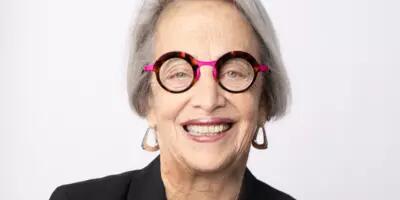Creating global solutions: Andrea Caceres’ experience at the 26th Youth Assembly
This past July and August, I had the unique opportunity to be part of the Peruvian Delegation at the 26th Virtual Youth Assembly. The Youth Assembly is a bi-annual event, usually held in the United Nations headquarter in New York, which fosters conversation between youth, UN representatives, private sector and civil societies, encouraging them to become active members in the implementation of the Sustainable Development Goals. This platform does not only promote youth participation in global problems, but also connects people from all around the world, allowing for collaboration and understanding of different realities.
Due to the current global situation, the 26th Youth Assembly pre-conference and conference sessions had to be hosted virtually by the Friendship Ambassador Foundation. While this mode of delivery faced different obstacles, this decision definitely increased opportunity to participate for many youth around the world. This epitomizes how in an era of ‘quarantine,’ the internet has allowed us, more than ever, to bring people together. Nevertheless, I also have to recognize my position of privilege by having access to the technology necessary to be part of international conferences like the Youth Assembly. The digital divide is a central topic today in education and access to basic services, but it also prevents the most vulnerable communities from being a part of the decision-making table around global solutions.
During the pre-conference and conference, we had the opportunity to listen and interact with different speakers, like Michelle Bachelet (former president of Chile), Fabrizio Hochschild (United Nations Under-Secretary-General Special Adviser on Preparations for UN75), Angelica Silvero (Head of Speakers Bureau, The World Bank) and Jack Sim (CEO of the World Trade Organization). The topics discussed ranged from understanding youth participation in politics, to climate change and its effects in environmental refugees, to the growing educational gap in the wake of a health pandemic. Overall, one of the aspects I most appreciated within the conversation was the intercultural awareness between delegates, staff and speakers. This conference gave me the opportunity to understand my identity as a Latina woman in a world of disparities and gender violence, and how I can use my experience to create solutions.
I also had the opportunity to learn about different youth lead projects around the world through the Action and Impact Hub. Being a witness to how hard youth are working to help their communities is profoundly inspiring, and definitely encouraged me to rediscover drastic problems in my community such as the lack of access to water and sanitary services in rural areas in Peru. Being part of the Peruvian Delegation also allowed me to connect with young motivated women from all over my country. These relationships have allowed me to join organizations such as United Peruvian Youth, and create projects with fellow delegates in order to increase awareness of Indigenous Shipibo woman artisans in Peru.
The more I engaged in the conference, the more I noticed how the Munk One Program helped me develop crucial skills for this type of international forum participation. The emphasis on analysis within the Munk One Program through the deconstruction of ‘devastating facts,’ and cooperating as a cohort to think of global solutions gave me the tools to engage and comprehend complex contemporary global inequalities.
There is a lot more we can do to help the ones around us. I invite you all to connect with your communities, listen to their stories, and recognize our role as action makers to make the world a better place.

